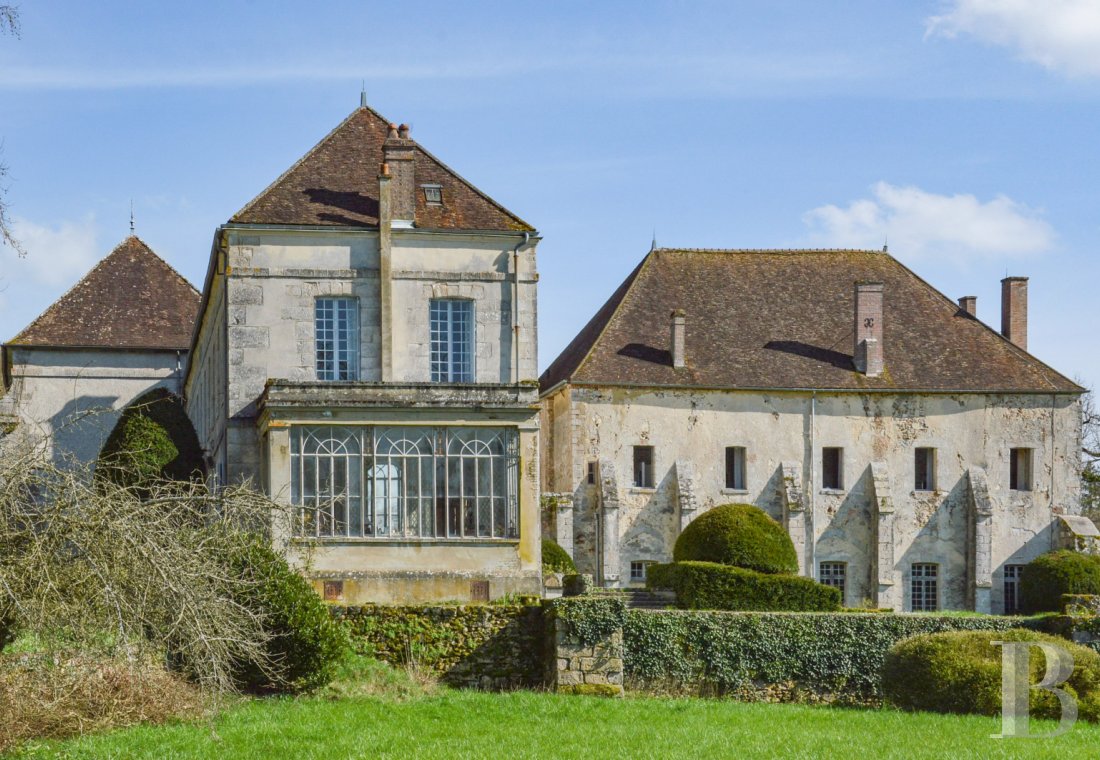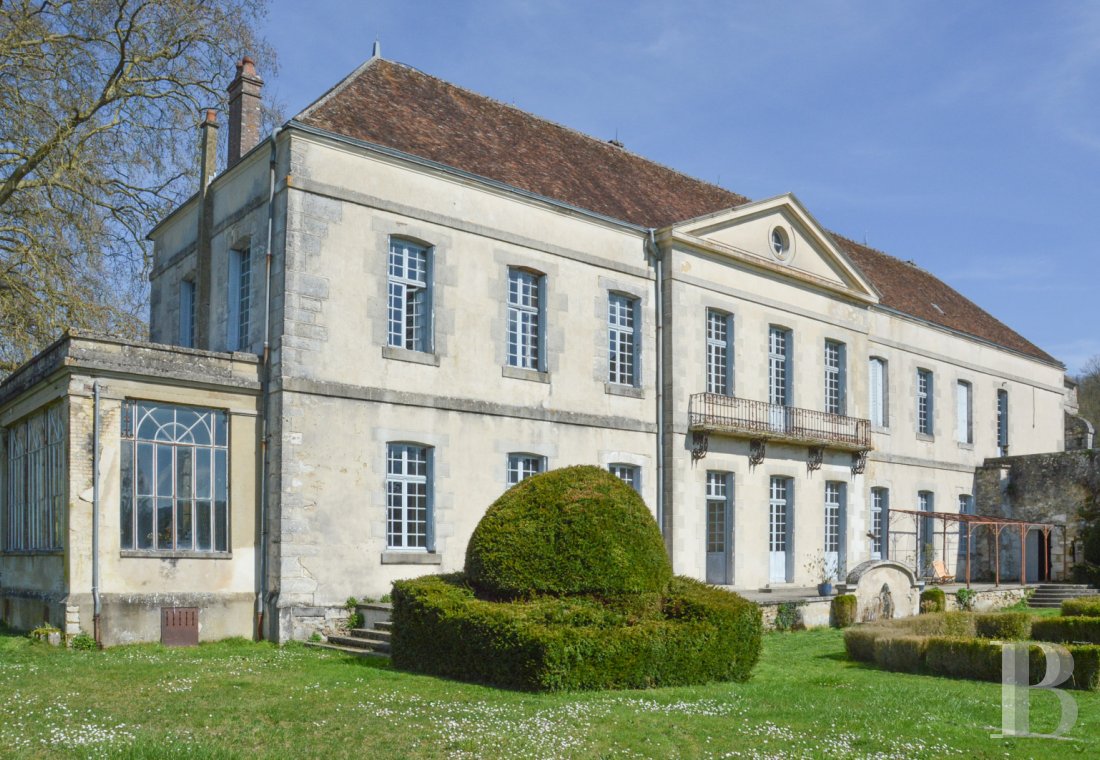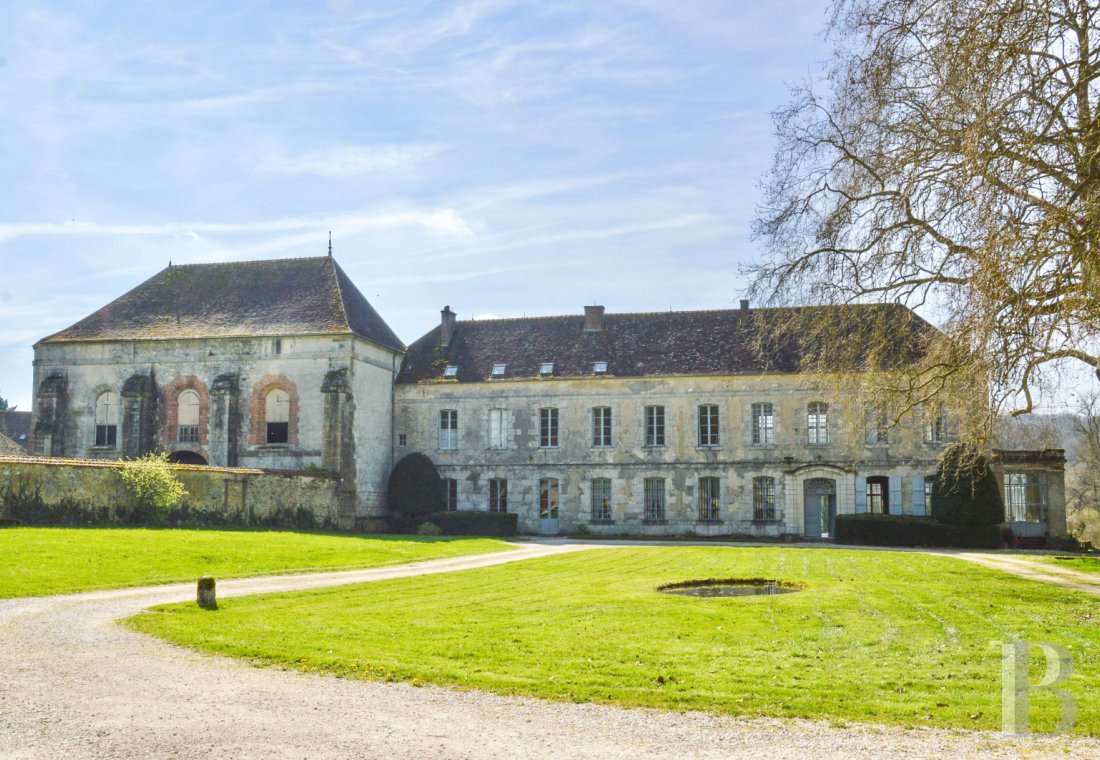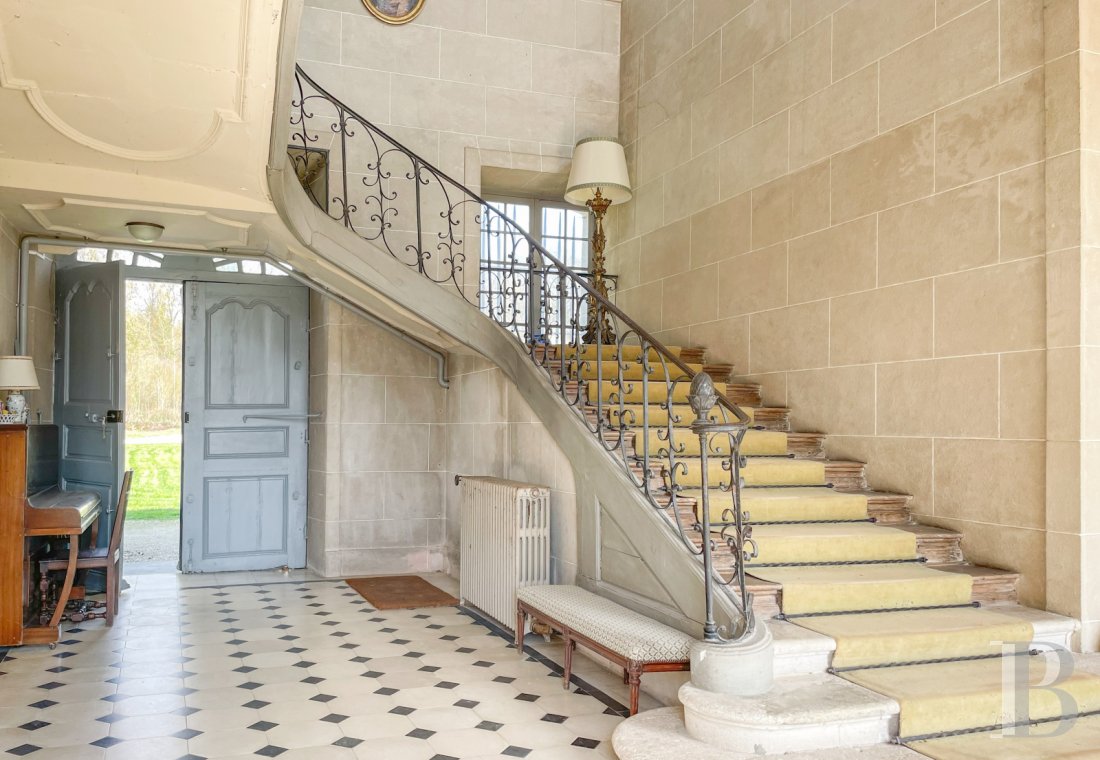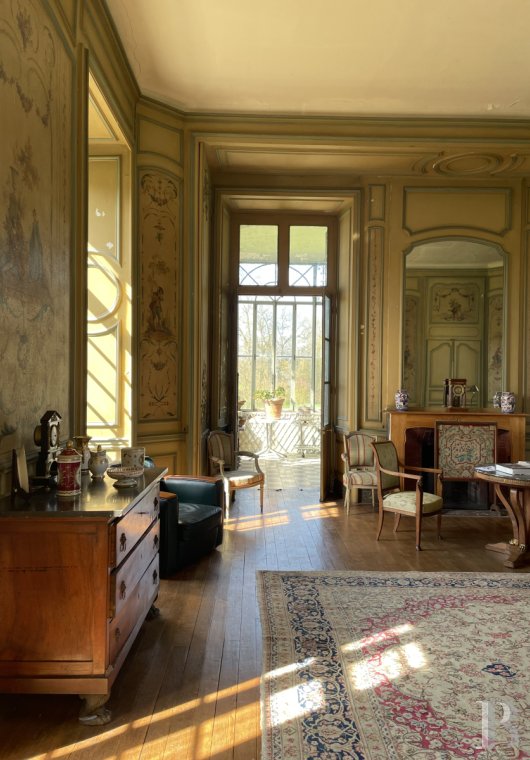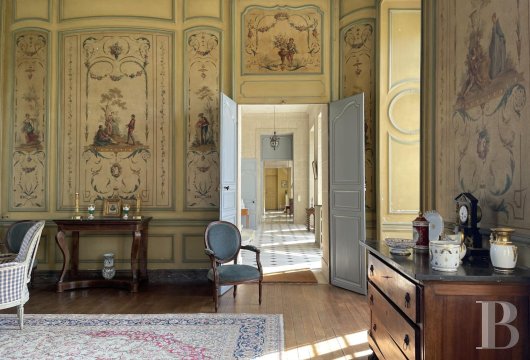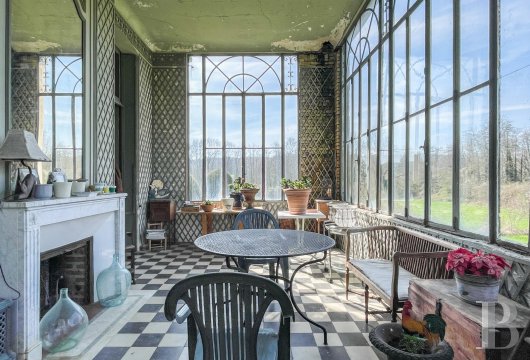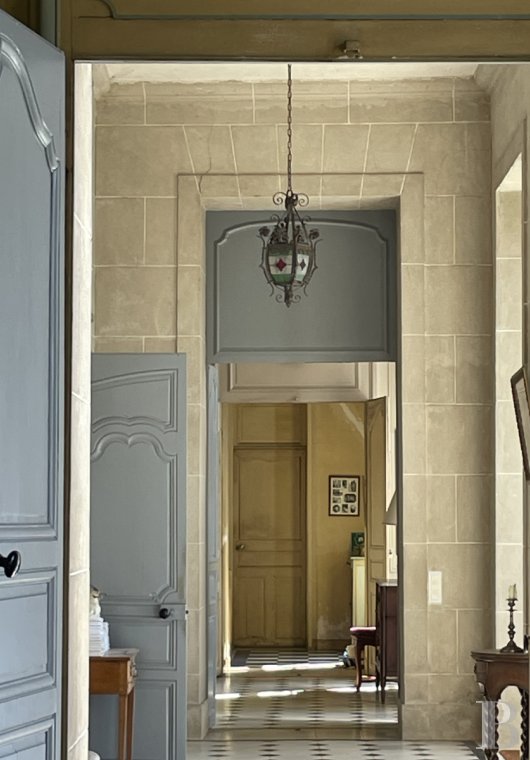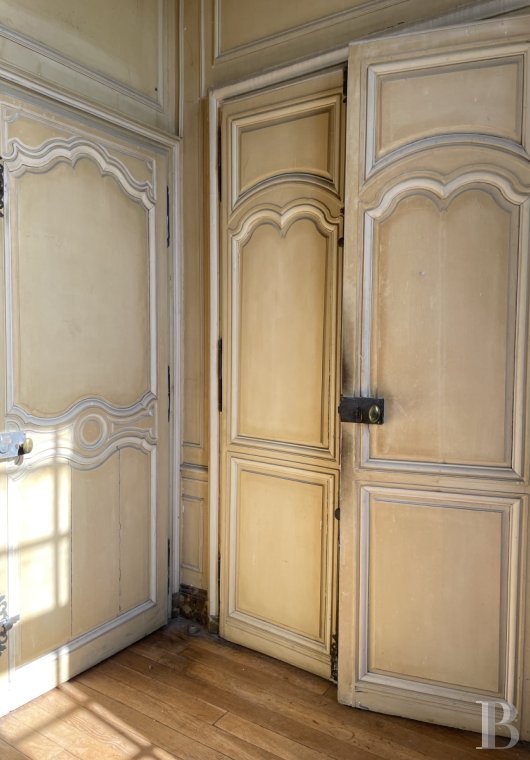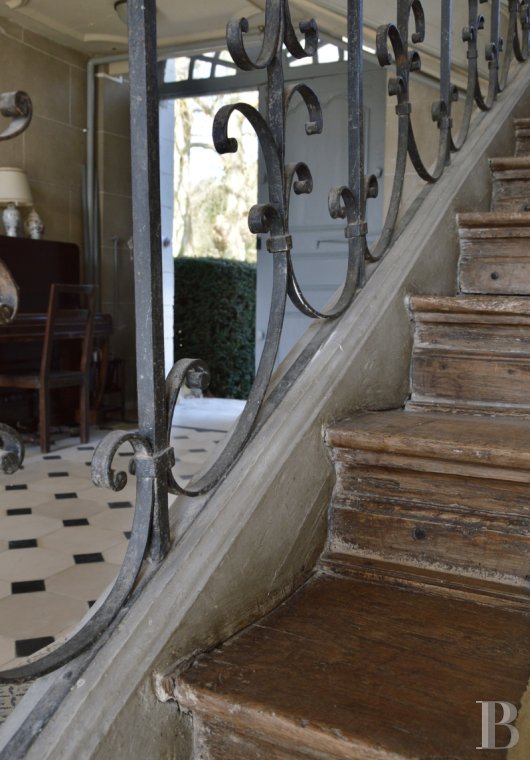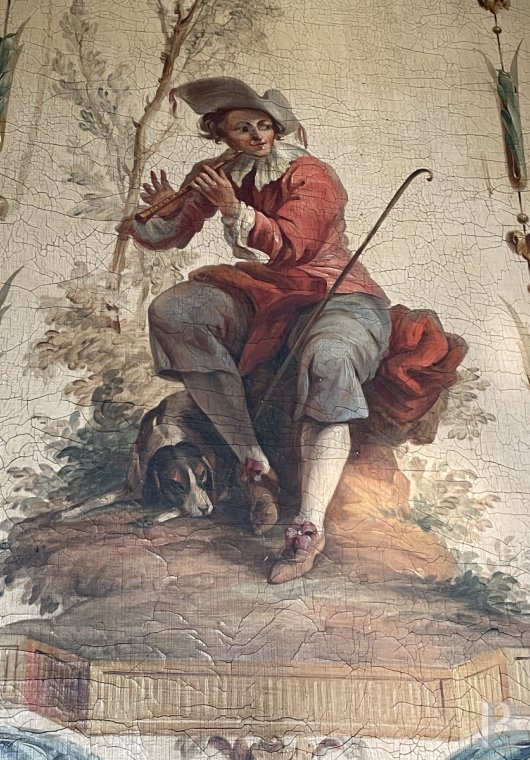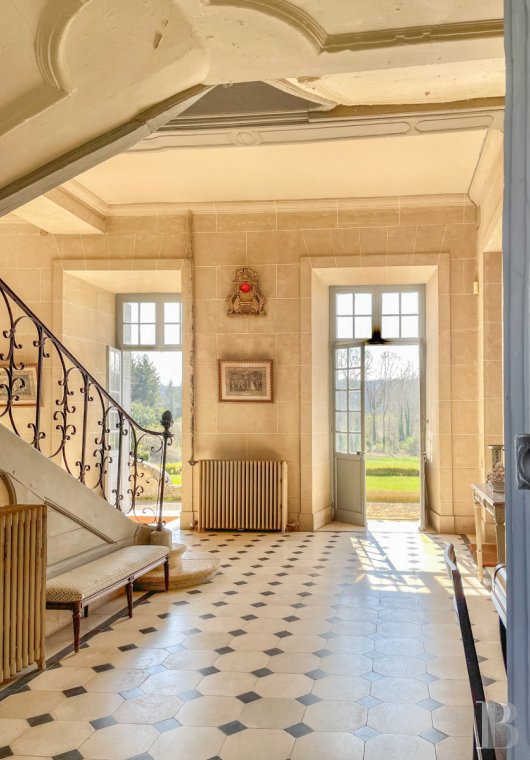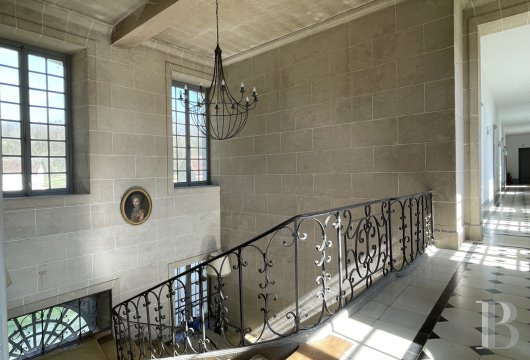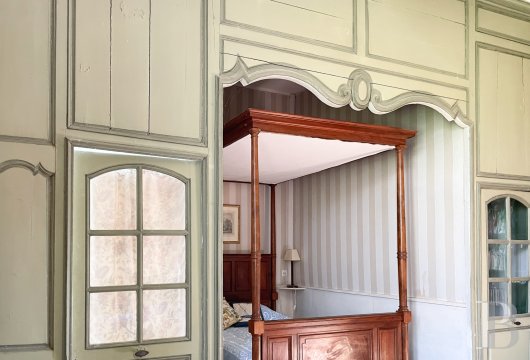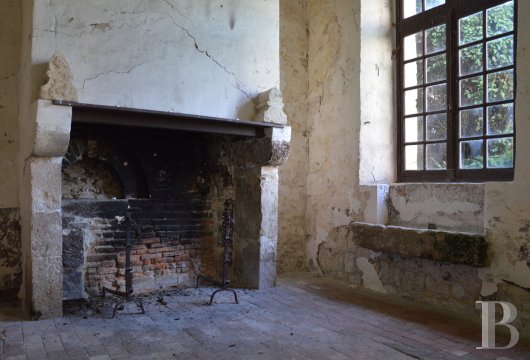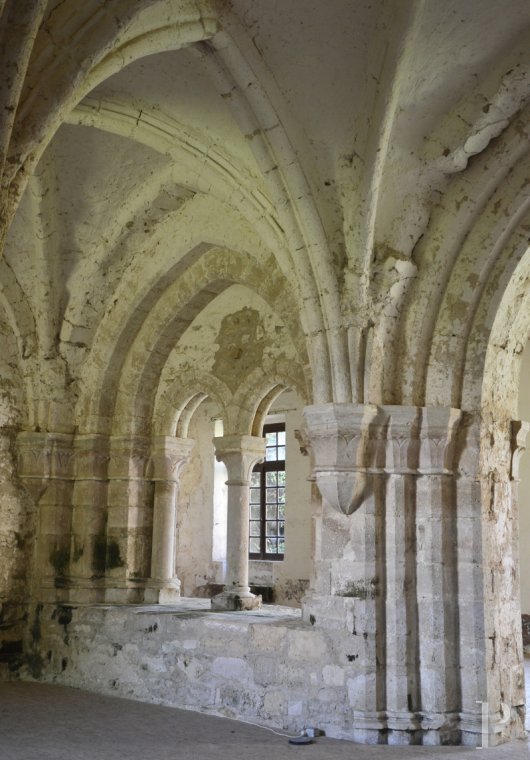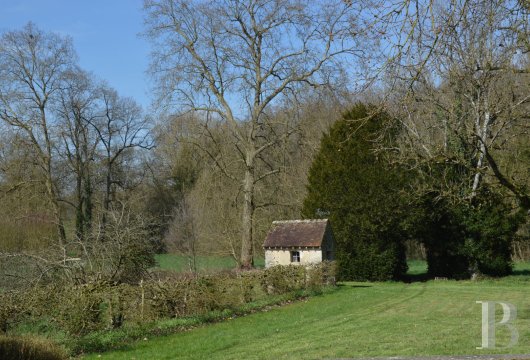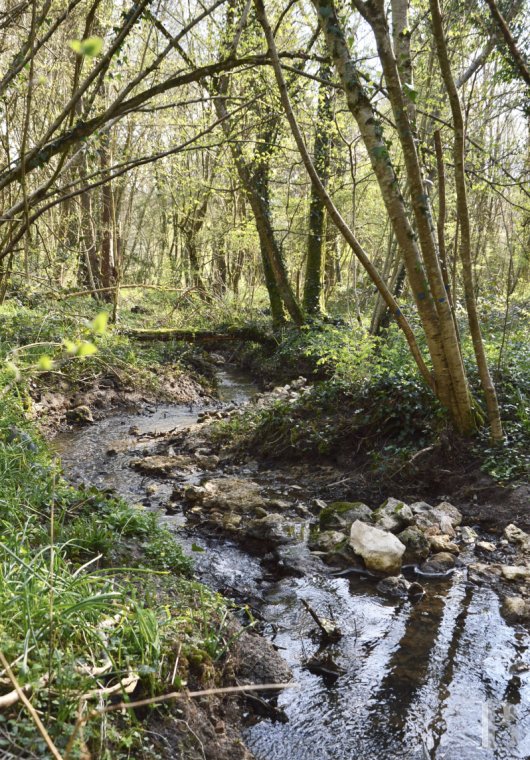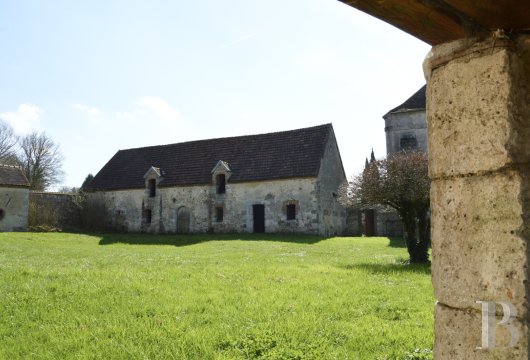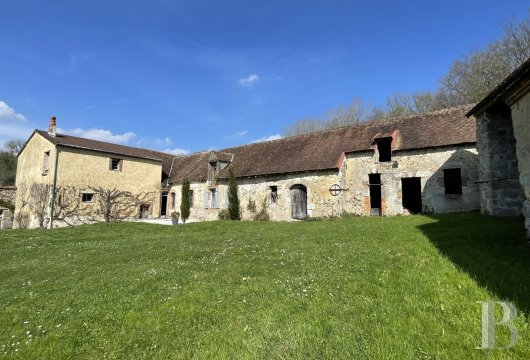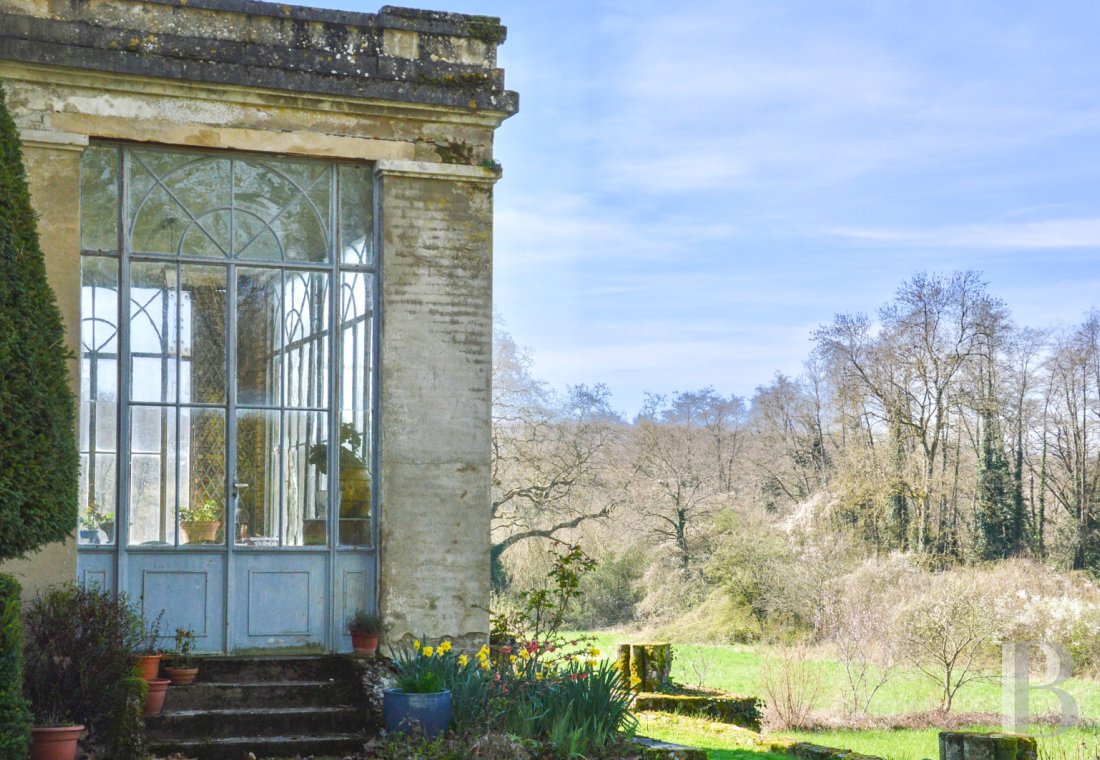Location
Situated in the Petit-Morin valley, 30 minutes from Epernay, the property is ideally located in this wooded, undulating part of Champagne where small villages have retained their authenticity. Following the bend of a narrow country road, the abbey only comes into view at the very last moment, as if it were the ultimate reward for travellers who have come from afar.
Description
In 1567, during the French Wars of Religion, the monastic complex suffered considerable damage, losing half of its buildings, including the abbey church, which was destroyed and burnt down. Where the nave once stood, the abbots subsequently erected their own residence and the church was rebuilt in 1770.
With the abolition of all monasteries, the French Revolution dealt a fatal blow to the religious history of "Le Reclus" and the abbey was sold as a national property. Restoration work began in 1928 and the complex that can be seen today is almost completely rehabilitated.
Surrounded by a stone wall and patiently restored over several decades by its current owner, the abbey forms a true hamlet with numerous outbuildings, almost all of which have been converted into gîtes (guest houses).
The park features an open spring and finishes in a wood.
The abbot's residence
Dating back to the 18th century, when it was erected on the site of the former church nave, this vast, two-storey building with an attic is of lime-rendered rubble masonry topped by a flat-tiled roof. A 19th-century winter garden completes the structure.
The lime-pointed rubble masonry facades are enhanced by dressed stone corner quoins and two stringcourses. Opposite the entrance gate, the front elevation is sober, with ten bays of slightly arched openings.
The oak double entrance door, topped by a transom window, is positioned off-centre to the right of the building. It features a slightly projecting dressed stone surround crowned by a rounded entablature with two shoulders.
The rear elevation features French windows opening onto a south-facing terrace and a balcony with wrought iron balustrade on the first floor, topped by a triangular pediment with an oculus in the centre.
The ground floor
The door opens into a full-depth hall with a white stone tile and black cabochon floor, from where an elegant oak staircase with a wrought-iron banister leads to the upper floors. The drawing room is on the right. With its straight strip hardwood flooring, it features the refined decor of the 18th century. The full height panelling, divided by large wooden panels painted in the style of Nicolas Lancret, is adorned with raised arabesques. This is followed by a winter garden paved with chequered cement tiles and featuring a 19th-century white marble fireplace. To the left of the entrance hall, a long corridor leads to a study with access to two small vaulted cellars.
The adjoining dining room features wainscoting and a wooden fireplace topped by an ornamental overmantel mirror. Next follows a scullery/laundry room that opens onto the main courtyard and connects with the modern kitchen, which is large enough to host meals for up to a dozen guests. It extends towards the boiler room containing lavatories and the service staircase, and at right-angles towards the remaining part of the cloister.
The first floor
The staircase leads to a corridor serving four bedrooms, three of which feature 18th century alcoves. The first, to the right of the staircase, is particularly bright thanks to a series of windows on three sides. An elegant 18th century door opens into an anteroom preceding a closet. This bedroom, with its panelling framing a fireplace with overmantel and mirror, has a straight strip hardwood floor and conceals a shower room with a toilet at the back of the alcove.
The second bedroom features an elegant herringbone parquet floor and an 18th century fireplace with mirror.
The third bedroom has wood panelling, an 18th century marble fireplace and straight strip hardwood flooring.
The last bedroom has lost its original fireplace, which has been replaced by a wooden replica. However, it features an elegant overmantel with Rocaille motifs surrounding a mirror, and the alcove conceals a lavatory.
At the end of the corridor, there are a bathroom with bathtub and shower, two lavatories and the service staircase leading to the kitchen and the attic.
The attic
Off the landing, a corridor leads to two bedrooms with a shower room in between. There is also a vast attic space of around 92 m² that could be converted into additional rooms.
The caretaker's house
The caretaker's lodge is located near the entrance gate with its round stone pilasters, which were probably reclaimed from a section of the destroyed cloister. It has three storeys under a flat tile roof with round-arched openings and comprises a kitchen, a living room, a lavatory, a boiler room, two bedrooms, a study, a shower room and two small vaulted cellars. It is currently rented out on a yearly basis.
The chapel and the former farm buildings
They form part of a vast courtyard next to the main courtyard, which is closed off by high stone walls.
The chapel, with a floor area of roughly 170 m² and a vaulted ceiling rising to around ten metres, is aligned with the abbot's residence. The edifice of coursed rubble masonry and dressed stone has semi-circular openings. Unfortunately, it has lost all of its interior decor and is now an empty shell.
The old farm buildings have been converted into two comfortable gîtes, retaining as much of the original architectural features as possible.
There is a small gîte of around 52 m² comprising a kitchen on the ground floor, two bedrooms, a bathroom and a lavatory on the first floor, plus a garage.
The second gîte is large, with a floor area of roughly 162 m² and a garage. It comprises a boiler room, a kitchen, a living room, a television area with a bread oven, two lavatories, a shower room and a bedroom on the ground floor. On the first floor, there are three bedrooms, a bathroom and a lavatory, as well as an attic of around 68 m² which could be converted.
There are three further buildings that also have potential for conversion: the former stables with three wooden boxes of 72 m² spreading over two levels, the two levels of former cattle sheds, with a total floor area of about 250 m², and two buildings of around 15 and 96 m² respectively.
The monastic buildings
The 12th century building, set at right angles to the abbot's dwelling and containing the east wing of the cloister, is a massive, rectangular two-storey building of dressed stone.
Indoors, there is a barrel-vaulted room on the ground floor. This is the original location of the sacristy, the only surviving medieval sacristy of a Cistercian abbey in Champagne.
The style of the cloister wing and the chapter house, both rib-vaulted with capitals whose leaves form hooks, suggest that they were built at the end of the 12th century. The floor is currently covered with wood boards to protect the flagstones.
The upstairs has been converted into a gîte of around 212 m². It comprises a large living room, eight bedrooms, a kitchen, two shower rooms, two lavatories and a storeroom. Above, there is an attic of roughly 220 m² with potential for conversion.
Our opinion
Peace... Quiet...
The vast enclosure has lost its choir but kept its soul. Today, the abbey welcomes its guests in great comfort, but a stroll through the old cloister is enough to realise that it has also preserved the simplicity of its origins.
At Compline, Notre Dame du Reclus once again expresses her confidence. The abbey patiently awaits pilgrims in search of purity, who will come to stay and bring this exceptional complex to life.
Reference 893886
| Land registry surface area | 9 ha 29 a 30 ca |
| Main building surface area | 591 m2 |
| Number of bedrooms | +20 |
| Outbuilding surface area | 1655 m2 |
| including refurbished area | 506 m2 |
NB: The above information is not only the result of our visit to the property; it is also based on information provided by the current owner. It is by no means comprehensive or strictly accurate especially where surface areas and construction dates are concerned. We cannot, therefore, be held liable for any misrepresentation.


